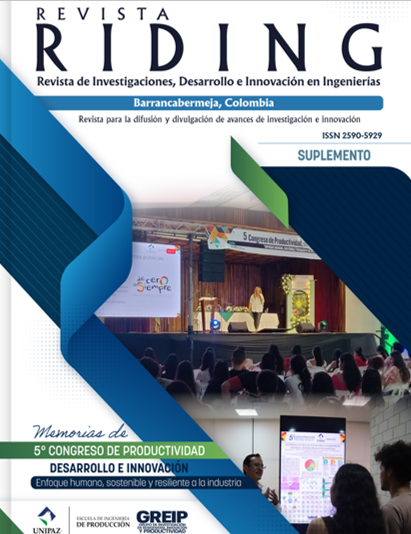Optimization of the Production Process Applying Methods and Times at Plastibol Colombia S.A.S in Rionegro, Antioquia
Keywords:
procesos, empaques flexográficos, desperdicio, calidad, consumidor.Abstract
The key to success for any organization lies in the control of its production process—an ongoing challenge for many entrepreneurs. To improve performance, it is essential for organizations to be founded on the principles of continuous improvement.
For this reason, the objective of this project is to optimize the production process using methods and time analysis, a technique used to measure various tasks by recording the time and work pace associated with each element of a defined task. This makes it possible to determine the duration of an activity performed by an operator under normal conditions, at a speed and pace consistent with individual characteristics (Sánchez, Ceballos, & Sánchez Torres, 2015).
The aim is to reduce production time from 96 man-hours for 40 tons of flexible film (single reference) to an average of 72 man-hours, providing the best production method with optimal quality standards. This also seeks to reduce product returns from an average of 30 tons (equivalent to 25% of total monthly production) to approximately 10 tons (8.33% of total monthly production), or ideally, to maintain a 0% return rate. As a result, the project aims to increase productivity, standardize the entire production process, reduce the critical condition of the printing and bagging work areas, and ultimately improve the organization's profit
References
Congreso de Productividad, Desarrollo e Innovación: Enfoque humano, sostenible y resiliente a la industrial
Downloads
Published
Issue
Section
License

Este obra está bajo una licencia de Creative Commons Reconocimiento-NoComercial-CompartirIgual 3.0 Unported.


